AI 'on-device'
General AI features will be integrated into smartphones, and in a widespread way. From real-time multilingual translation in conversations to voice-memo summarization, or improved camera performance.
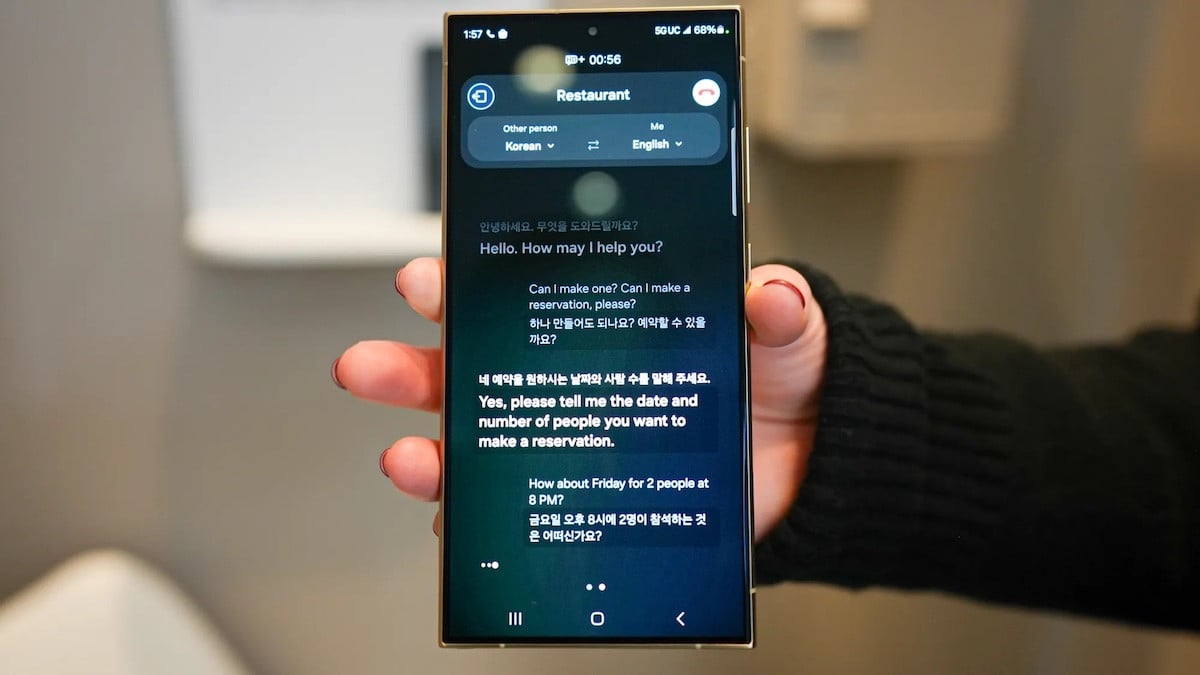
Samsung's recently released Galaxy S24 has been integrated with general AI tools, which leverage on-device processing and cloud-based servers to help users perform everyday tasks. Ritesh Bendre, an expert at Counterpoint Research, said that the world could ship more than 1 billion AI smartphones between 2024 and 2027.
Meanwhile, Qualcomm, with its flagship Snapdragon 8 Gen 3 chipset, allows for increased performance on smartphones, from 20% improvement in CPU, 30% in GPU and 41% in NPU - to perform AI tasks while still saving power, which will be the basis for the appearance of more AI-integrated Android devices this year.
Better, cheaper foldable devices?
Nearly every major manufacturer except Apple has jumped into the foldable phone game. Google started with the Pixel Fold, followed by the return of Motorola's Razr and Samsung's Galaxy Z series. OnePlus launched the Open, a $1,699 phone-tablet combo.
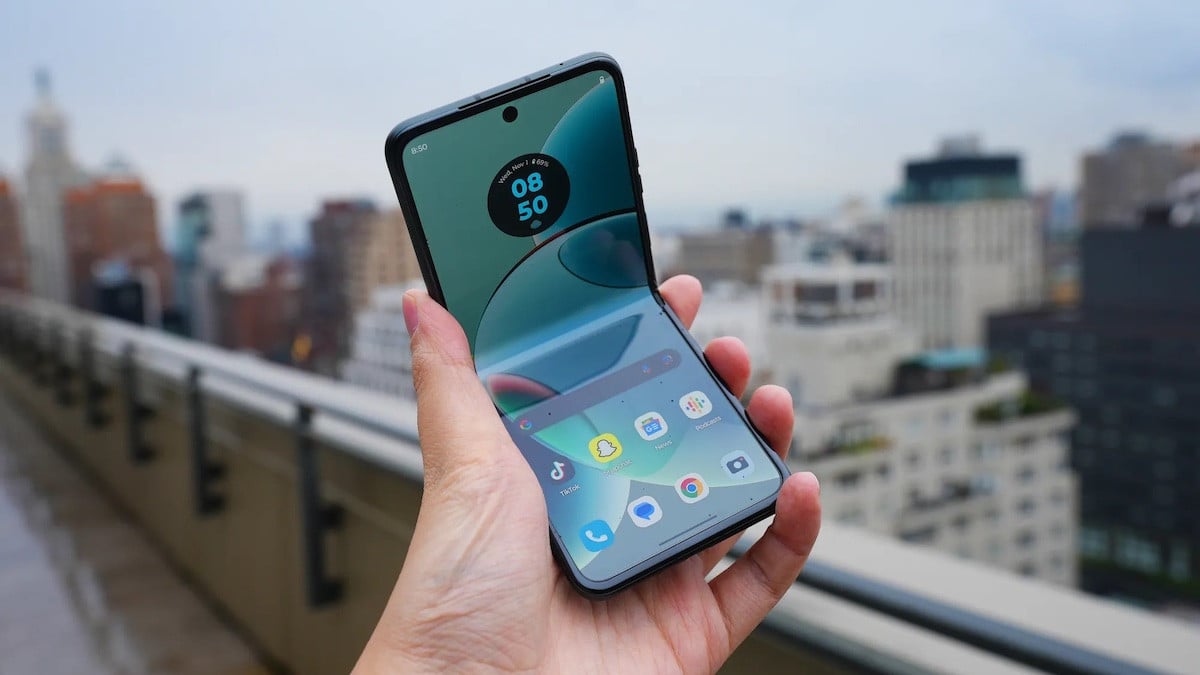
In 2024, the question is how accessible it will be. As long as consumers are happy with the level of performance and high-tech components they are paying for, the price trend won’t be coming down anytime soon, says Avi Greengart, president and principal analyst at Techsponential.
“Foldables have a solid build, and are typically more expensive than their conventional counterparts, even just for the display,” said Jene Park, senior analyst at Counterpoint Research.
However, carriers often heavily discount new devices in exchange for customer loyalty, so we can expect to see more affordable flip phones.
Closing the charging gap
The Wireless Power Consortium (WPC), a committee that includes Apple, Samsung, and Google, has been pushing for the Qi2 wireless charging standard for over a year, and 2024 could be the year those efforts come to fruition. The second generation of Qi charging promises improved magnetic coils to deliver more efficient and faster wireless power (up to 15W), for both iOS and Android devices.
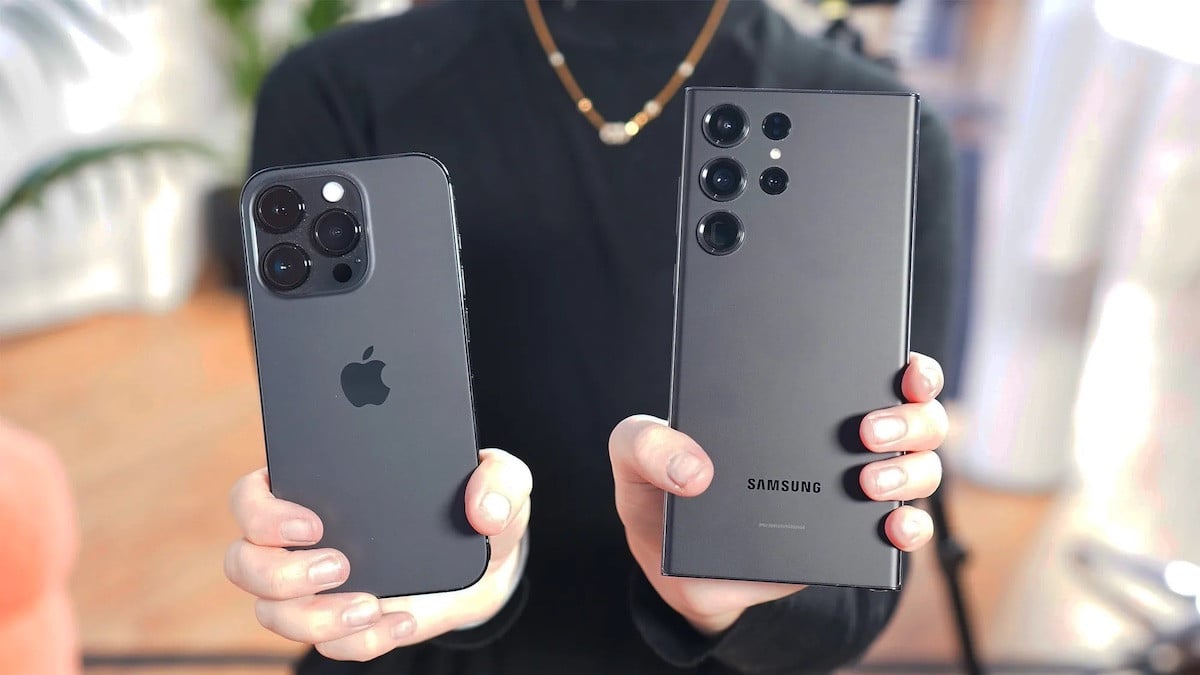
“Qi2’s perfect alignment improves energy efficiency by reducing the energy loss that can occur when a phone or charger is out of alignment. Equally important, Qi2 will significantly reduce the amount of landfill waste associated with replacing wired chargers due to broken plugs and the stress placed on the cord connecting and disconnecting on a daily basis,” Paul Struhsaker, chief executive of WPC, said in a statement last year.
Adopting such technology would bridge the long-standing gap between MagSafe-compatible devices (iPhone 12 and later) and those without, allowing Android users to also enjoy the benefits of magnetic charging accessories. Accessory makers like Anker and Satechi have already started rolling out Qi2-compatible charging pads and docks. Now, phone makers will have to foot the second half of the bill by integrating the appropriate coils on the back of their devices. Expect those to arrive very soon.
Upgrade camera with periscope lens
2024 will be the year smartphone manufacturers focus even more heavily on creating long-range camera clusters.
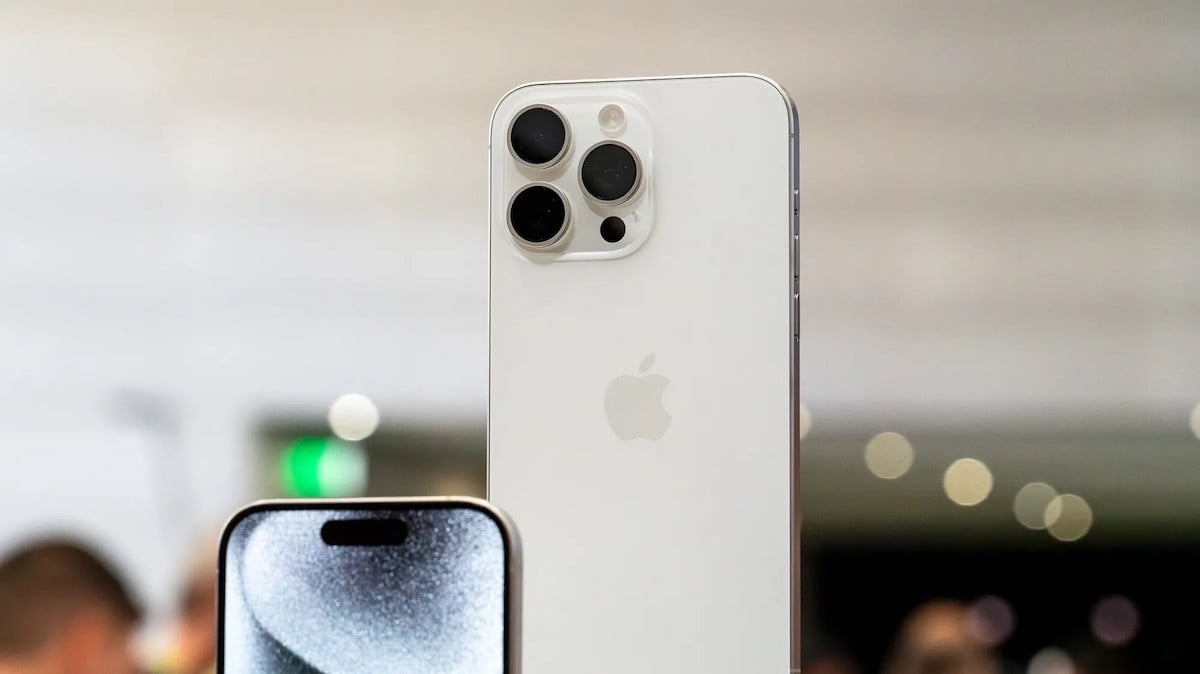
Periscope cameras consist of a prism that magnifies and refracts light and a vertically aligned lens that sits inside the phone. With this system, cameras on cameras can capture objects at a greater optical distance, instead of zooming in digitally, which can result in a loss of detail or sharpness.
Companies like Samsung have long used periscope lenses to improve camera performance. The latest Galaxy S24 Ultra is a prime example. While the device has a 200-megapixel main lens, the 50MP telephoto lens, capable of 5x optical zoom, will be the one users rely on the most when taking photos from a distance. Chinese phone maker Oppo also just released the Find X7 Ultra, which has not one but two periscope lenses.
New mobile devices
At CES 2024, AI startup Rabbit Inc. showcased the R1 pocket device, produced in collaboration with design firm Teenage Engineering, which could be one of many mobile devices launched in 2024 that will make users question the appearance of future mobile phones.
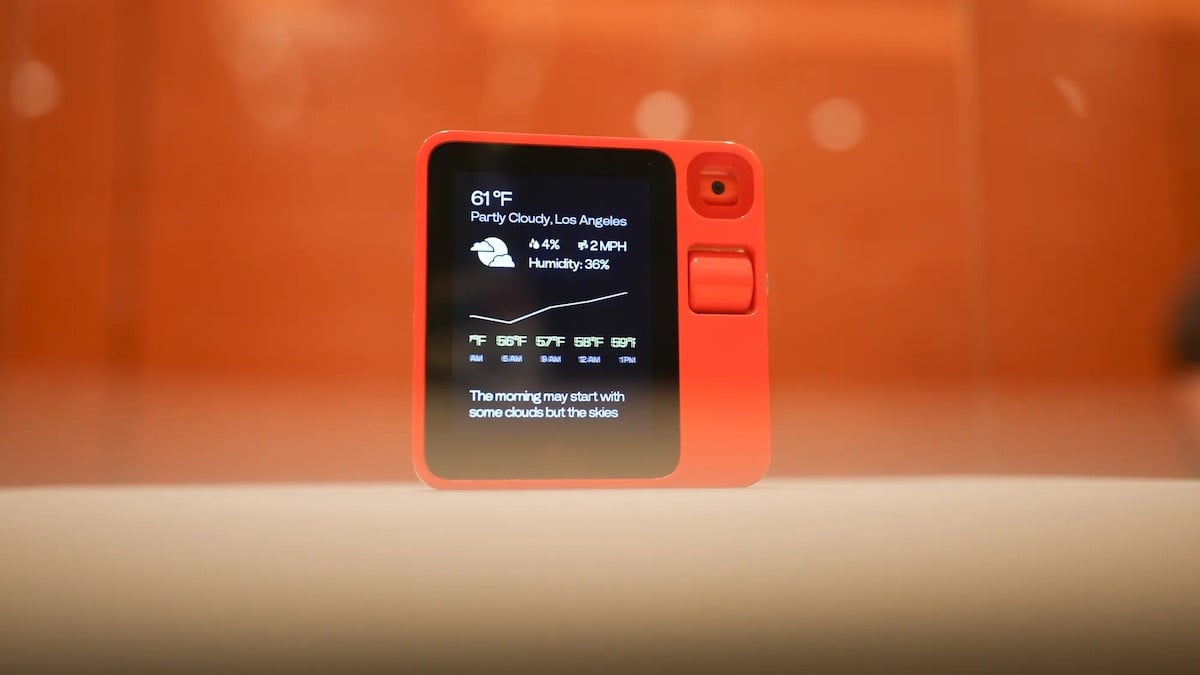
Humane, another rising player in the non-traditional mobile category, has an AI Pin that attaches to the user's clothing. Like the Rabbit R1, the Pin prioritizes AI agents over human-app interactions, meaning that instead of requiring users to tap and scroll through app interfaces, the device uses a variety of AI models to communicate with services.
(According to Zdnet)

Source








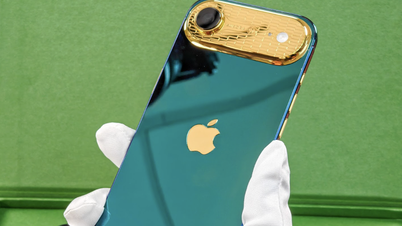

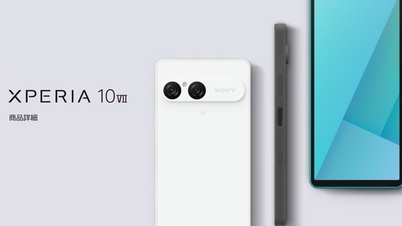
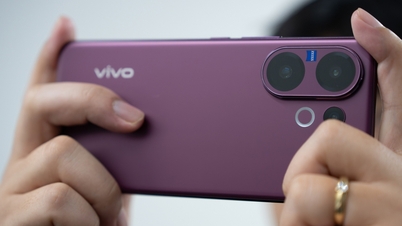


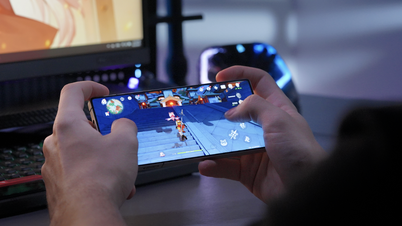
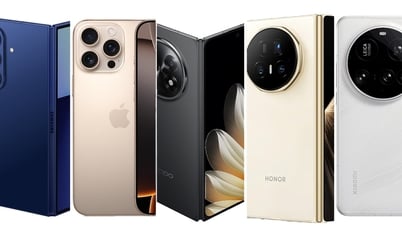
































































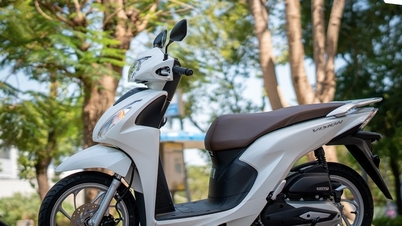






















Comment (0)